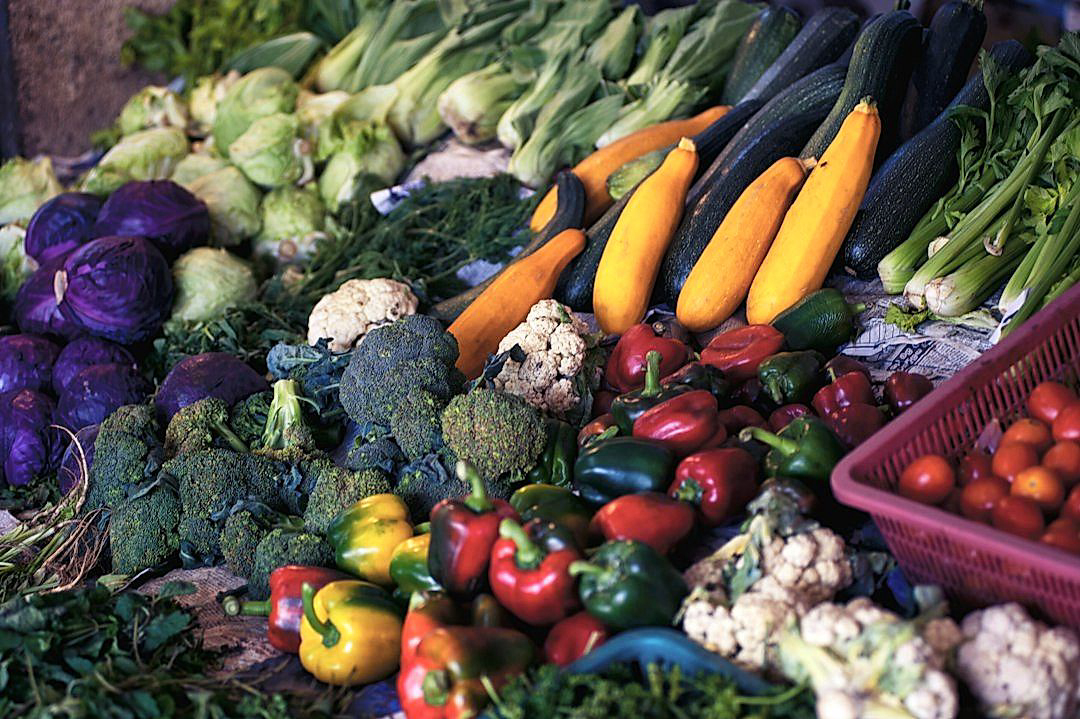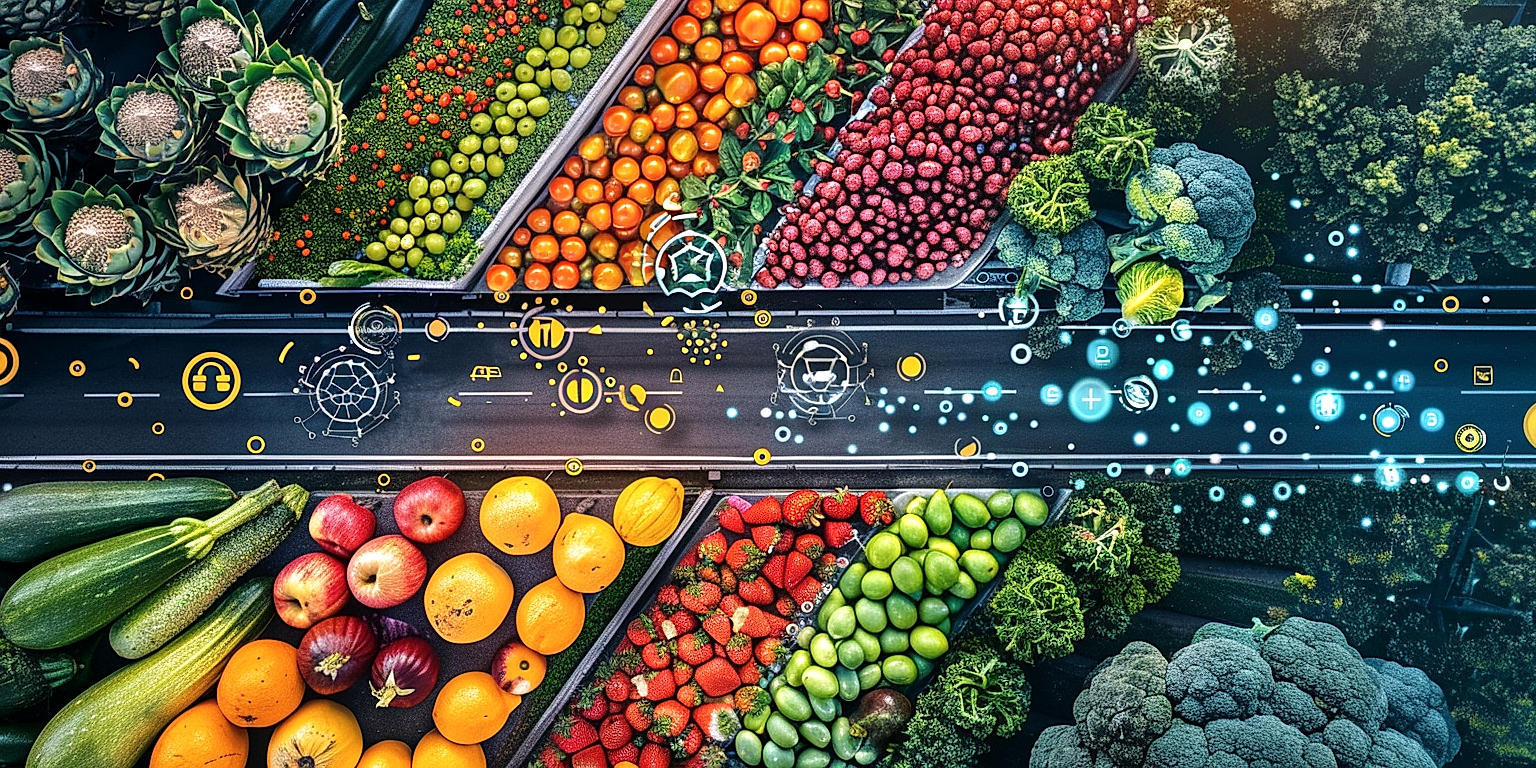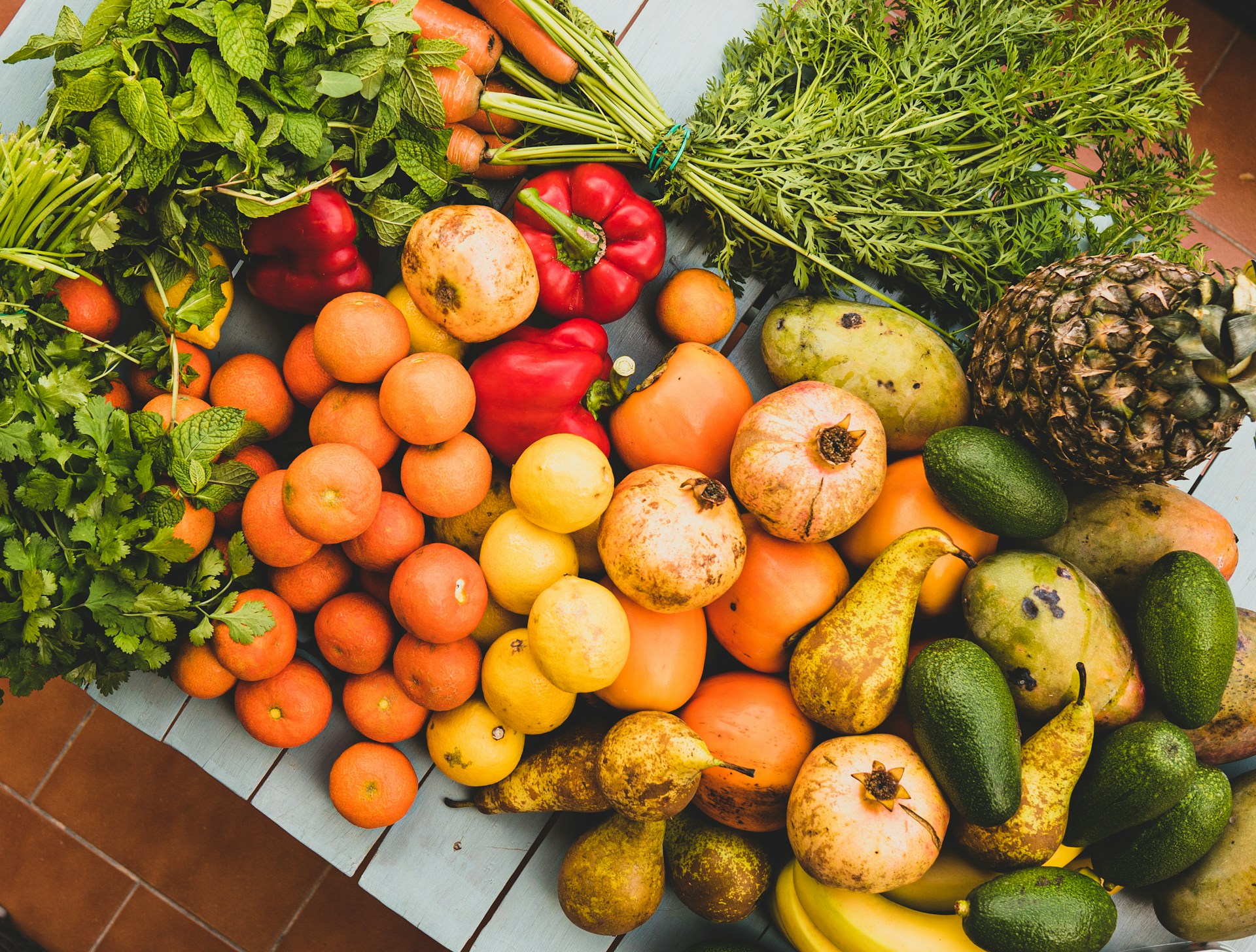Navigating the dynamic landscape of produce shipping routes can be complex given the rise of new trends and challenges.
Shipping companies and works in the supply chain industry will need to keep an attentive eye on these emerging factors to enhance efficiency.
Forecasts suggest a shift in both long-standing and novel trends that will exert significant influence on how fruits, vegetables, and other produce are transported worldwide.
It becomes necessary to examine these trends through an analytical lens, understanding their potential impact.
In this context, we will explore these future scenarios, providing an informed perspective for stakeholders.
We will delve into the analysis, offering valuable insights that one should consider as part of a strategic approach to navigating this sector’s evolving future.
Insights Into Future Trends In Shipping Routes For Produce
1. Increased reliance on Arctic shipping routes.
As we look towards the future, there is a growing expectation of an increased reliance on Arctic shipping routes for the delivery of produce and other goods.
This is largely driven by the effects of climate change, which is leading to a reduction in Arctic sea ice and making previously inaccessible shipping routes viable for navigation.
Companies are hoping to leverage these new routes to expand their networks and increase the economic viability of their operations.
Through Arctic shipping routes, the transportation distance from Asia to Europe or North America would be significantly reduced, potentially revolutionising the logistics industry.
The consequences of the melting Arctic sea ice are significant and far-reaching, and have a profound impact on global geopolitics and economics.
Arctic shipping routes not only offer a shorter distance, but also reduce the risks associated with high traffic levels in traditional shipping routes such as the Strait of Malacca or the Suez Canal.
However, there are a variety of challenges associated with Arctic shipping that need to be addressed.
These include severe weather conditions, the potential for icebergs, lack of search and rescue capacities, and inadequate mapping of the sea bottom which can lead to navigation risks.
The possibility of damaging the sensitive Arctic environment also raises significant ecological concerns and ethical considerations for companies looking to capitalise on this opportunity.
Policy and regulatory developments will be crucial in determining the conditions under which Arctic shipping can progress and the nature of the protections that need to be in place.
International cooperation, especially amongst Arctic states, will also be indispensable in future Arctic development.
Greater reliance on Arctic shipping routes could bring about new opportunities for innovative transportation solutions.
These could include the development of specifically designed ice-breaking cargo ships, or the utilisation of drone technology for deliveries in harsh Arctic conditions.
Overall, it appears that the future of the logistics industry could be significantly shaped by the Arctic, with potential for major shifts in global shipping routes and the dynamics of global trade.
However, it is equally clear that this potential must be managed responsibly, with due regard for the need to minimise environmental impact and ensure the safety and sustainability of Arctic shipping routes.
2. Expansion of sustainable, eco-friendly shipping options.
As global consciousness shifts towards sustainable practices, increased emphasis is being placed on eco-friendly shipping- specifically in the arena of produce transport.
The development and incorporation of greener technologies in ships are rapidly becoming a norm.
These advanced technologies are designed to reduce emissions, energy consumption and, ultimately, the industry’s carbon footprint.
Moreover, several shipping companies are exploring the use of alternative fuels such as biofuel, electricity, and hydrogen, to power their vessels.
These alternative sources of fuel not only reduce CO2 emissions, but they also offer the added benefit of being renewable and more cost-effective in the long run.
Hydrogen fuel cells and wind-assist technologies, for example, are being considered for their potential to significantly cut emissions.
Further, adoption of ‘slow steaming’ practices, involving reduced ship speeds, can improve fuel efficiency, decrease emissions and ultimately strengthen sustainable operations.
Beyond technological advancements, shifts in operational practices also play a significant role in creating sustainable shipping routes.
Choosing shipping routes that are more time-efficient can reduce the amount of fuel needed for transportation, further cutting down on emissions.
The burgeoning field of green logistics, which refers to all attempts to minimize the ecological impact of logistics activities, is starting to have a significant influence on the shipping industry.
This includes elements such as strategic planning, packaging design, material handling, reverse logistics and waste management, all for optimizing the environmental efficiency of shipping operations.
While it presents additional challenges in terms of initial investment and operational complexities, the move to sustainable shipping is somewhat mitigated by increasing public and corporate demand for environmentally responsible solutions.
The pressure to implement sustainable practices is also increasingly being driven by the imposition of strict environmental regulations globally.
Faced with this pressure and the environment’s deteriorating state, more shipping companies are beginning to recognize the importance of sustainable practices within their operations.
Overall, the shipping industry’s future lies in its ability to adapt to sustainable and eco-friendly practices while continuing to thrive as an indispensable cog in the global supply chain.
3. Advances in hyperloop and drone delivery systems
As we delve deeper into the 21st century, the global produce shipping industry continues to undergo significant transformations in tandem with technological advancements.
The advent of innovative modes of transport such as hyperloop and drone delivery systems is increasingly becoming a game-changer in the way produce is delivered from producers to consumers.
Hyperloop, a system that propels pods through a vacuum tube at high speeds, remains on the frontier of modern transportation technology and could potentially revolutionize the global produce shipping industry.
A transformation in the shipping routes could be seen if this technology is implemented on a wide scale; it may make the long-distance shipping of perishable goods quicker, more efficient, and more sustainable.
However, the layout of such a colossal infrastructure remains a challenge given the cost implications, geographical limitations, and legal permissions required.
On the other hand, drone delivery systems promise an exciting new frontier for the industry.
Many industry players are investing in drone technology to facilitate short-range deliveries, which is a more feasible, practical, and eco-friendly alternative to traditional methods of distribution.
Drones, because of their lightweight and energy-efficient design, are becoming reliable mediums to ship produce in a short span of time, especially in hard-to-reach areas.
They provide minimal-touch delivery solutions that not only limit human contact but also cut down on time and emissions, thereby improving efficiency and sustainability.
Despite the numerous benefits, it’s important to note that the successful implementation of drone delivery systems requires overcoming significant hurdles including regulatory restrictions, privacy concerns, and operational safety issues.
Addressing these challenges will demand cooperative effort between technology companies, produce suppliers, and regulators.
Naturally, neither hyperloop nor drone delivery systems will replace traditional shipping methods entirely – instead, they are likely to complement existing modes of transport in the produce shipping industry.
They present innovative, forward-thinking options that can help to achieve quicker delivery times, reduced environmental impact, and better spatial and temporal coverage of produce distribution.
By incorporating these advanced systems, the produce shipping industry can not only improve efficiency and effectiveness but also transform some significant aspects that have posed challenges in the past.
Only time will show how hyperloop and drone delivery systems will finally be integrated into the daily operations of the shipping landscape, but the potential benefits indicate that they are worth careful consideration.
4. Enhanced Use of Autonomous Sea-Faring Vessels
The fourth trend likely to shape future shipping routes is the increased use of autonomous sea-faring vessels.
These technologically advanced ships do not require a human crew, radically transforming traditional notions of shipping.
There are several critical reasons why autonomous vessels are increasingly appealing for the shipping industry.
Lower operating costs are one significant benefit, with estimates suggesting up to 22% of total expenses could be reduced.
These savings result from a combination of reduced crew-related costs including salaries, food, and insurance, and increased cargo capacity.
Improved efficiency and productivity are other important factors, as autonomous vessels can operate 24/7 without worrying about human fatigue.
The adoption of autonomous ships also has environmental benefits.
These vessels often feature eco-friendly technologies such as hybrid propulsion systems and solar panels, reducing their carbon footprint and consumption of fossil fuels.
Moreover, their optimal route planning and speed control can reduce fuel consumption and CO2 emissions.
In the context of produce shipping, autonomous vessels can also provide better quality control.
Their advanced temperature and humidity controls can help maintain produce freshness, while real-time tracking and monitoring systems can ensure transparency and traceability throughout the supply chain.
Despite these advantages, there are still significant challenges to overcome for the widespread use of autonomous vessels.
These range from technical issues, such as reliable and secure connectivity for remote operation; legal and regulatory uncertainties; to public acceptance and cybersecurity risks.
Yet, with increasing investment in research and development and growing interest from major shipping companies, it’s a matter of time before these issues are addressed.
Several countries, including Norway and Singapore, are already piloting autonomous vessels, indicating a promising future for this technology.
Autonomous sea-faring vessels represent a revolutionary shift in the shipping industry, promising to make the process safer, more efficient, and more sustainable.
5. Shift Towards Localized, Short-Distance Delivery Networks
In recent years, there has been a significant shift towards localized, short-distance delivery networks by shipping and distribution companies.
This trend is primarily driven by the increasing consumer demand for faster, same-day delivery options and the continued growth of online shopping.
As a result, businesses are restructuring their supply chains and logistics operations to reduce transit times and improve service efficiency.
Focusing on localized delivery allows companies to significantly enhance their operational efficiency and reduce carbon emissions.
Create decentralized, localized networks can lead to a reduction in long haul deliveries, reducing the time products spend in transit and lessening the impact on the environment.
This strategy also helps businesses adapt to sudden changes in demand by having products closer to where they are needed, reducing lead times and increasing responsiveness.
Moreover, industries are leveraging advanced technology like autonomous vehicles and drones for short-distance deliveries, which further increase efficiency and sustainability.
Hyperlocal delivery, in particular, is an emerging trend that focuses on providing goods and services within an extremely limited geographic area, often within the same city or even neighborhood.
This is particularly beneficial for produce businesses as it allows them to maintain the freshness of their products by reducing the time from harvest to delivery.
In addition, switching to localized networks also enhances the traceability of produce, improving food safety and giving consumers more confidence in their purchases.
Localization also allows businesses to empower local communities, generating employment and supporting local economies.
However, creating effective local networks requires companies to invest in storage and distribution facilities closer to their customers, which can be a significant capital expenditure.
Still, the benefits in terms of improved efficiency, reduced costs, and increased customer satisfaction often outweigh the initial investment.
Despite the challenges, the shift towards localized, short-distance delivery networks is becoming an increasingly popular strategy in the shipping and logistics sector.
In the future, as technology continues to evolve and consumer expectations continue to rise, this trend is only expected to grow and evolve.
The Bottom Line
Navigational changes, technological advancements, and shifting environmental and logistical priorities collectively indicate a future of maritime transportation that is becoming increasingly sustainable, efficient, and localized.
As reliance on Arctic shipping routes grows, so does the need for environmentally conscious shipping alternatives.
The rise of hyperloop and drone delivery systems promise a revolution in quick and carbon-neutral transport, the realization of which is hastened by advancements in autonomous sea-faring vessels that maximize efficiency and reduce human error.
Meanwhile, a trend towards localized, short-distance delivery networks reflects a larger global shift towards sustainable practices in the logistics industry.
Undoubtedly, the transformation of the maritime transportation sector is underway, driven by a synthesis of innovation, necessity, and a desire for sustainable operations.




